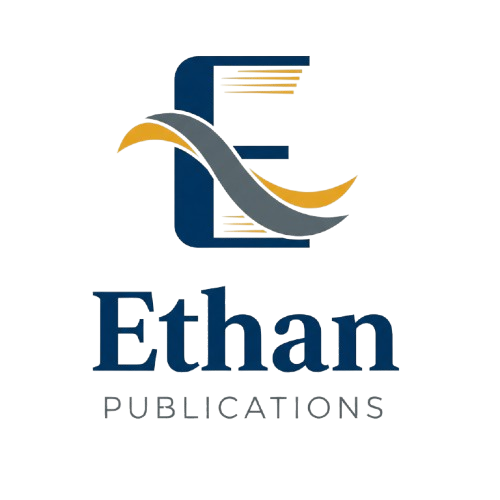SMART GRID INNOVATIONS: INTELLIGENT POWER SUPPLY SOLUTIONS FOR SUBSTATIONS
Authors: Liu Minghao, Zhang Yixuan
Published: June 2024
Abstract
<p>The substation power supply system plays a pivotal role in providing essential power to critical power-consuming facilities, such as substations. It serves as the lifeblood for crucial loads like control devices, relay protection systems, communication equipment, and fire safety systems. Among these, batteries act as a dependable backup power source in the event of external AC power supply failures, thereby serving as a cornerstone for substation monitoring, security, and fire protection [1-2]. In recent years, as the Internet and automation technologies have continued to advance, substations have embraced digital and intelligent equipment, significantly enhancing power management reliability [3]. The conventional substation power system is a conglomerate of DC components, AC systems, UPS devices, and communication systems. The different manufacturers are responsible for subsystem design, fabrication, on-site installation, and commissioning, and their respective experts handle subsequent operations and maintenance [4-5]. However, it has become apparent that this conventional AC-DC integrated power supply approach falls short of meeting the evolving demands of smart grid development. Smart substations are redefining the landscape by unifying the design, installation, configuration, monitoring, and control of the diverse subsystems that are integral to traditional substations [6]. The transformation is especially evident in the direct connection of DC converters to the DC bus, replacing the conventional communication battery packs, intelligent terminals, and merging units. This paradigm shift introduces extensive switch group implementation, effectively rectifying the limitations inherent in traditional substations. As a result, the power supply in smart substations has become more reliable and rational. Moreover, it incorporates cutting-edge technologies while diminishing the demand for human resources, thereby embodying the essence of modern automation design.</p>
Full Text
No full text available
Cite this Article
References
- No references available.
